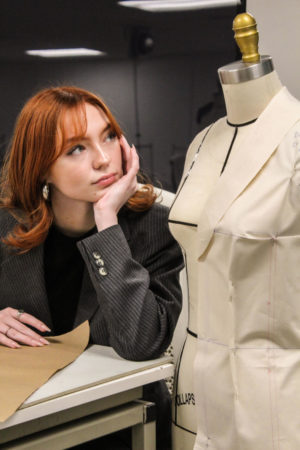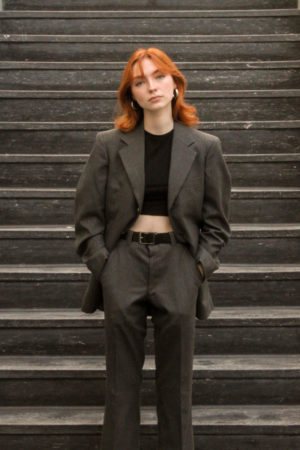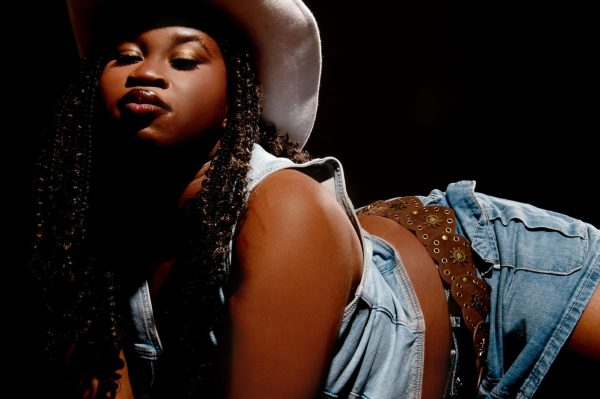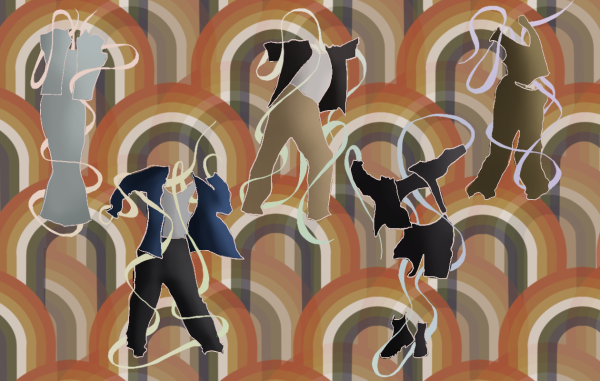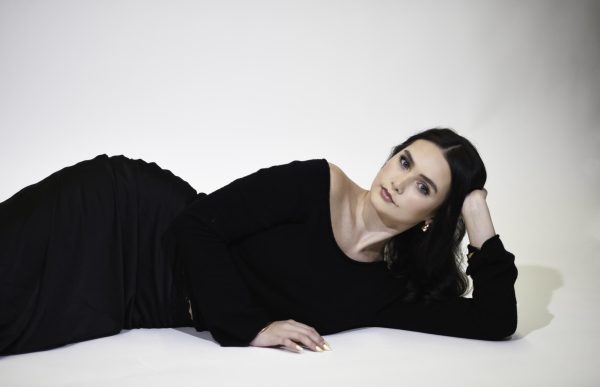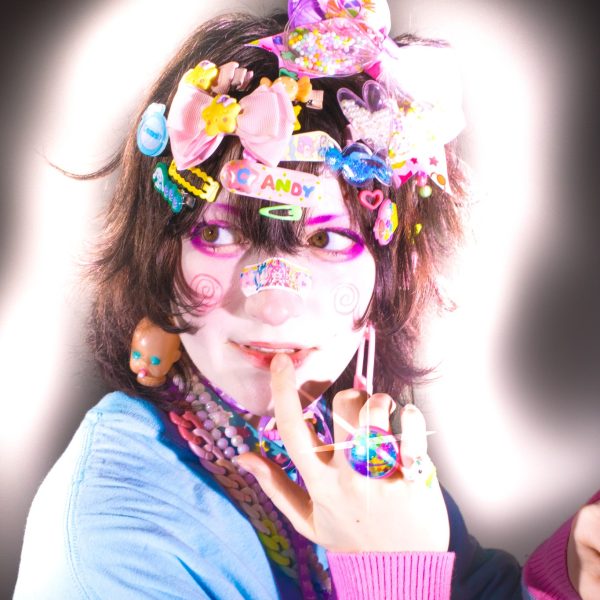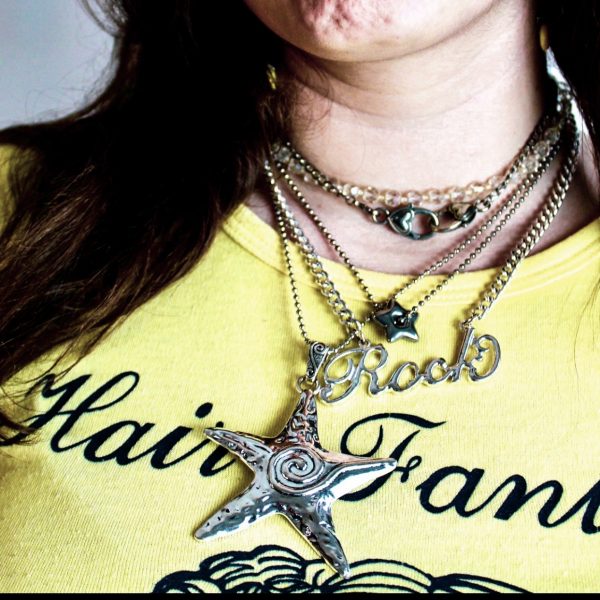why do men still rule the fashion industry?
Possibly the biggest false stereotype of the fashion industry is that “it’s a woman’s world.” Contrary to common belief, the fashion industry is not run by a bunch of Coco Chanels, it’s more like a bunch of Les Wexners and Patrizio Bertellis.
Let’s begin by dissecting some astounding statistics. While the vast majority of students who obtain a degree in fashion are women, men still dominate the industry. The Council of Fashion Designers of America study titled The Glass Runway found that of the top 50 fashion houses in the world, only 14% of them are run by female executives. In addition, less than 50% of womenswear brands are run by women. The LVMH fashion conglomerate is home to 15 of the largest and most successful fashion houses in the world. From Christian Dior and Fendi to Louis Vuitton and Celine, LVMH hosts the most powerful brands in fashion today.
Of the 15 fashion houses, only two are run by female CEOs: Donna Karen and Loewe. Rival conglomerate Kering had made strides in hiring more female executives, but now only one out of nine houses are run by female leaders. Balenciaga, previously run by Isabelle Guichot, is now run by Cédric Charbit; Christoper Kane was run by Sarah Crook and now by Barry Mulholland; making Yves Saint Laurent’s Francesca Bellettini the only female CEO. In the United States, the statistics are even worse. How could this be when women spend three times as much on clothing as men do?
One study by McKinsey and Company chalks this up to an ambition gap. In entry-level positions, 70% of women have goals of obtaining executive positions, while men sit at 60%. At the VP level, women’s ambition sits at 73% while men’s ambition grows to 91%. While this is a useful study, it does not point out the real problem. There must be a reason these numbers are accurate, and the answer is the thriving patriarchy.
Our society is built on the notion that men are the dominant gender, and therefore anyone who is not a cisgender man is considered “other”: Others that are lesser than a man, have no way of obtaining the same power as a man and are never given equal opportunity to a man. The patriarchy is so ingrained in societal systems that it has been taught as something natural that should not be changed or questioned. When the leaves begin to change colors every year, we explain this as being science and a natural process, subsequently there is no questioning it. It’s science.
This same analogy has been pushed for maintaining the patriarchy. For as long as we can remember, men have been the dominant sex, therefore many of us have stopped questioning this concept and defined it as natural, just like the changing leaves; However, it is not natural at all. It is a system made by men, and there is nothing stopping us from questioning why we continue to run this way. This is the same fundamental issue responsible for the wage gap. In a sense, even calling fashion a “woman’s world” is the heart of sexism, claiming only a woman would be so self-involved to be interested in an industry based on materialism.
The first step in deconstructing the patriarchal system in the fashion industry is locating the problem and analyzing the facts. A lack of awareness transfers into a lack of action. In addition, there are many successful female fashion icons that are worth giving credit to. Facing the same difficulties as all women, here are some women who have overcome the trials of female success in a man’s world.
Female CEOs, founders and creative directors to follow:
1. Jil Sander, Founder of Jil Sander
Sander founded her company in 1968 out of Hamburg, Germany. She worked her way up the ladder and established herself as a serious designer and fashion house. She has built her designs around expressing femininity in a less frivolous way, using sharp angles, full-bodied textiles and neutral colors. The company caught the eye of the Prada group and was purchased in 1999. Through thick and thin, Sander balanced the last two decades between leaving her company due to ownership conflict and remaining as the lead designer, showing her dedication to the world she built.
2. Rei Kawakubo, Founder and Creative Director of Commes Des Garçons
Kawakubo founded Commes Des Garçons in 1969 out of her home studio in Tokyo. Without formal training in fashion design, Kawakubo worked her way up the ladder. She began with a degree in literature and art and ended up creating arguably the most abstract and interesting fashion house to date. CDG hones in on the conceptualization of antifashion and avant-garde construction. The brand has made a name for itself in recent years in the streetwear industry while remaining true to the brand’s identity in runway fashion. Odd shapes, skewed proportions and mind-bending themes are some of the key pieces in the CDG brand story.
3. Vivienne Westwood, Founder of Vivienne Westwood
Artist, activist and punk princess Vivienne Westwood began her reign in the fashion world in the ‘60s and ‘70s at the heart of the punk movement. She worked closely with the Sex Pistols, designing their clothes for shows, and the infamous boutique, SEX. Her brand is built off of provocative graphics, loud colors and wave-like influence. If any designer deserves to have a crown as their emblem, it’s Westwood. She uses her designs to crusade for positive and powerful awareness of climate change and overconsumption.
4. Stella McCartney, Founder and Creative Director of Stella McCartney
Only six years after presenting her senior collection at Central Saint Martins with models Naomi Campbell and Kate Moss, McCartney founded her own brand based on three key principles: eco-friendly textiles, vegetarian garments and timeless styles. She has used her platform to stage protests for animal rights by walking models down the runway wearing animal costumes in 2019 and introduced her first genderless collection last year. Getting an early jump into the fashion industry at 16, McCartney interned with Christian LaCroix, building her basis for what would become her future as one of the most sustainable and innovative designers.
Support Student Media
Hi, I’m Catie Pusateri, the Editor-in-Chief of A Magazine. My staff and I are committed to bringing you the most important and entertaining news from the realms of fashion, beauty and culture. We are full-time students and hard-working journalists. While we receive support from the student media fee and earned revenue such as advertising, both of those continue to decline. Your generous gift of any amount will help enhance our student experience as we grow into working professionals. Please go here to donate to A Magazine.













